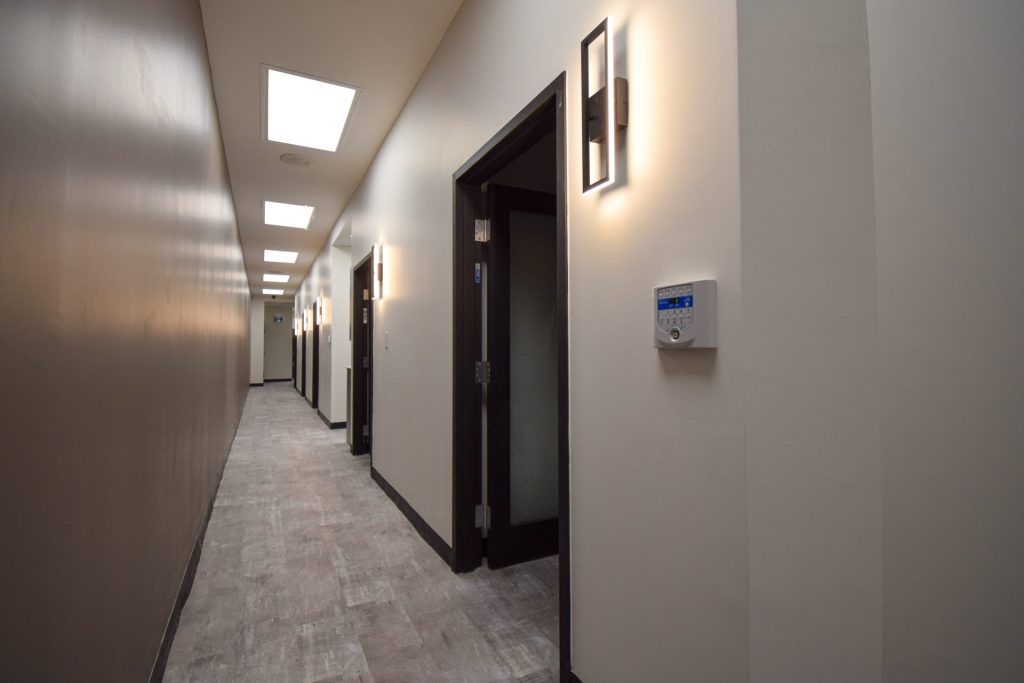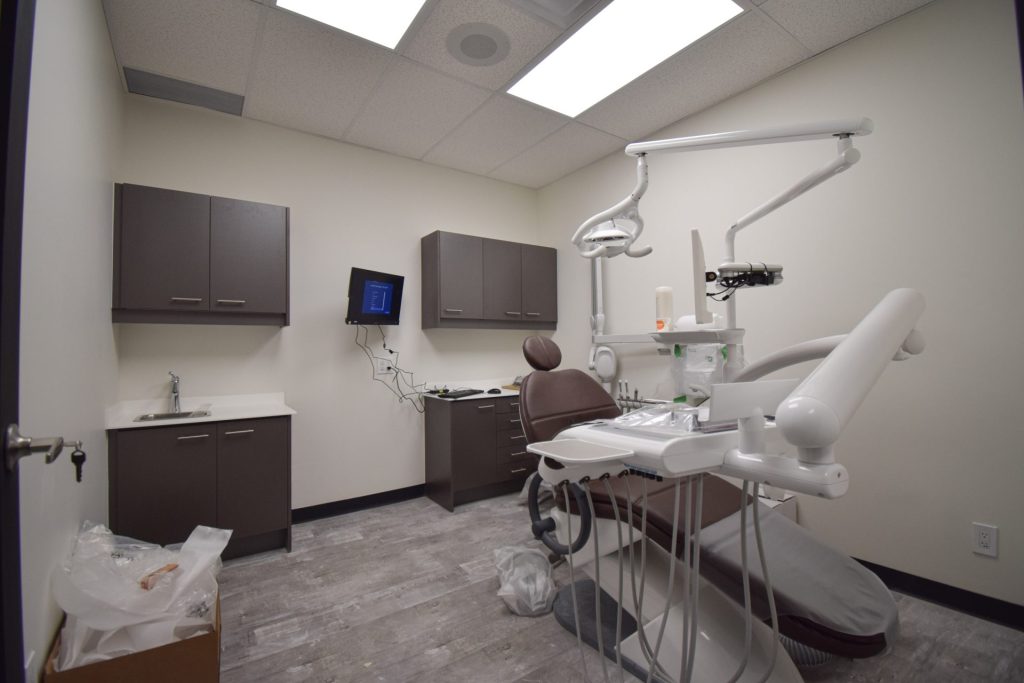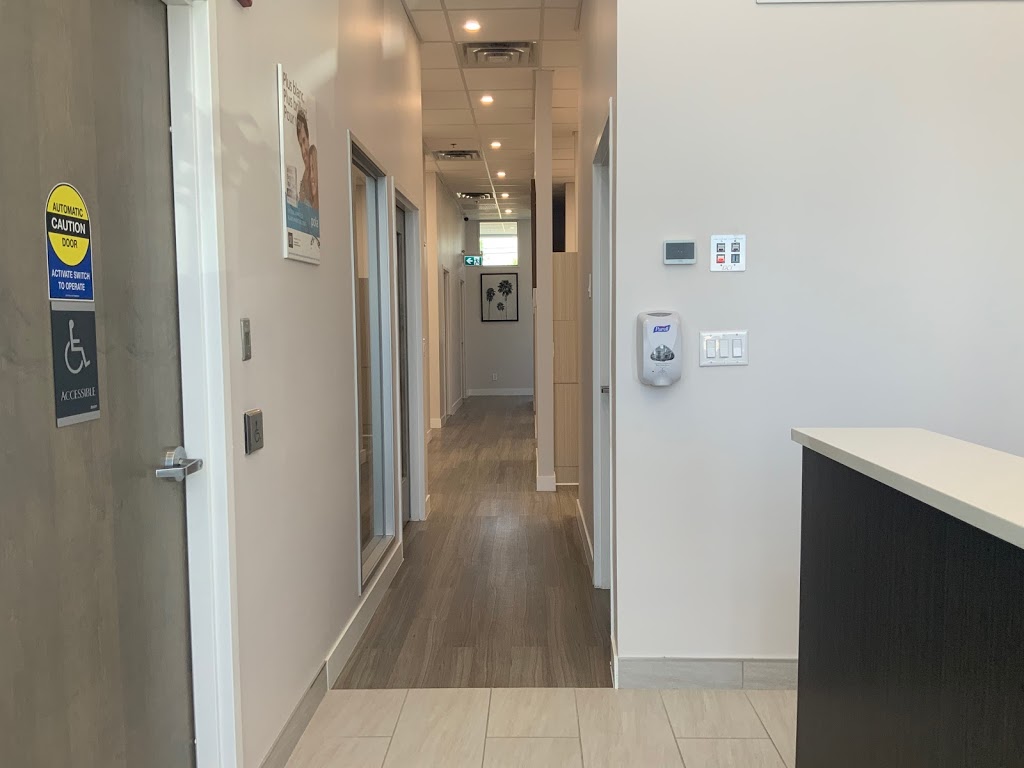The cost of building a dental office can vary significantly depending on a number of factors, including the size and complexity of the project, the location of the office, and the materials and finishes selected. Some other factors that may impact the cost of building a dental office include the need for specialized equipment and systems, such as dental chairs, x-ray machines, and sterilization equipment.
Size of the Dental Office
One of the key factors that will impact the cost of building a dental office is the size of the facility. A small, basic office may cost a few hundred thousand dollars to construct, while a larger, more complex facility may cost several million dollars. The size of the facility will also impact the cost of land acquisition and site preparation, which can add significantly to the overall cost of the project.
Location
The location of the dental office can also impact the cost of construction. Building costs can vary significantly depending on the region of the country, with construction costs generally being higher in urban areas and on the coasts. The cost of labor and materials can also vary based on the local market, with some materials and trades being more expensive in certain regions.
Material & Finishes
The materials and finishes selected for the dental office will also impact the cost of construction. High-end finishes such as marble flooring or custom cabinetry can significantly increase the cost of the project, while more economical materials such as vinyl flooring or standard cabinets may help to keep costs down.


Specialized Equipment
Specialized equipment and systems, such as dental chairs, x-ray machines, and sterilization equipment, can also significantly impact the cost of building a dental office. The cost of these systems will depend on the type and quantity of equipment needed, as well as any specialized installation or integration requirements.
Read more: Healthcare & Dental Construction Services
Additional Items
In addition to the costs of construction, there are also various fees and expenses that may be incurred as part of the building process. These can include design and engineering fees, permit fees, and inspections costs. It is important to carefully plan and budget for these additional costs as they can add significantly to the overall cost of the project.
Frequently Asked Questions (FAQ)
FAQ: How Much Space do you Need for a Dental Office?
The amount of space required for a dental office will depend on the size and scope of the practice, as well as the number of patients and staff you expect to treat Some general guidelines for the amount of space needed for a dental office are:
- Reception area: A reception area will typically require at least 100 square feet of space for seating, a desk, and storage.
- Treatment rooms: Each treatment room will typically need at least 150-200 square feet of space, depending on the size of the room and the type of equipment being used.
- Sterilization area: A sterilization area will typically need at least 50 square feet of space for a sink and sterilization equipment.
- Lab: A lab will typically need at least 100 square feet of space for workstations and equipment.
- Office space: Office space for the dentist and other staff members will typically need at least 100 square feet per person.
In addition to these spaces, a dental office will also need areas for storage, restrooms, and a break room for staff. It is important to carefully plan the layout of a dental office to ensure that there is enough space for all of the necessary functions and that the space is efficient and functional.

FAQ: What is the Average Size of a Dental Office?
The average size of space required for a dental practice can vary widely, depending on the type of dental services provided and the number of practitioners working at the practice. In general, dental practices need sufficient space to accommodate treatment rooms, sterilization areas, administrative offices, and common areas such as waiting rooms and restrooms.
A typical dental practice may require between 1,000 and 2,500 square feet of space to accommodate these areas, depending on the size and layout of the practice. However, some practices may require more or less space depending on their specific needs and the size of their patient base.
In addition to the physical space required for the practice, it is also important to consider the location of the practice and the availability of parking and other amenities for patients. In general, dental practices are typically located in commercial or medical office buildings, although some practices may be located in stand-alone buildings or in a mixed-use development.
FAQ: What Type of Equipment is Required in a Dental Clinic?
If you are looking to build a dental office, chances are you are already aware of the required equipment. However, some don’t know where to go or what to look for. There are a few dental equipment suppliers that we suggest to look into such as Patterson Dental, Sinclair Equipment, Specialty Dental Products, Henry Schein Dental, etc.
There is a wide range of equipment that is typically used in a dental practice, including:
- Dental chairs: These are specialized chairs that are used to position patients for dental procedures.
- Dental delivery systems: These are used to deliver water, air, and vacuum to the treatment area.
- Dental units: These are specialized units that contain the instruments and equipment needed for a variety of dental procedures.
- Dental radiography equipment: This includes X-ray machines and other imaging equipment used to produce diagnostic images of the teeth and surrounding structures.
- Sterilization equipment: This includes autoclaves and other equipment used to sterilize instruments and equipment.
- Dental handpieces: These are specialized drills and other instruments used for various dental procedures.
- Dental lab equipment: This includes specialized equipment used for creating crowns, bridges, and other restorative devices in a dental laboratory.
- Dental software: This includes computer programs used to manage patient records, appointment scheduling, and other administrative tasks.
- Dental supplies: This includes a wide range of consumable items such as gloves, masks, and sterilization bags.
The specific equipment used in a dental practice will depend on the type of dental services provided and the preferences of the practitioners.
FAQ: How Important is the Design of a Dental Office?
The design of a dental office can have a significant impact on the patient experience and the overall functioning of the practice. A well-designed dental office can create a welcoming and comfortable environment for patients, which can help to put them at ease and improve the overall quality of their care.
Some key considerations for the design of a dental office include:
- Functionality: The design of the office should allow for the efficient flow of patients and staff, with easy access to treatment rooms and other areas of the practice.
- Comfort: The office should be designed to be comfortable and welcoming for patients, with plenty of natural light, comfortable seating, and other amenities.
- Aesthetics: The overall look and feel of the office should be professional and appealing, with a clean and modern appearance.
- Safety: The office should be designed with patient safety in mind, with appropriate infection control measures in place and easy access to emergency equipment.
Overall, the design of a dental office can play a significant role in creating a positive patient experience and supporting the efficient operation of the practice.
FAQ: What are some Good Dental Office Design Trends?
There are several design trends that are currently popular in dental offices, including:
- Natural light and views: Many dental offices are incorporating large windows and skylights to bring in natural light and provide patients with views of the outdoors. This can help to create a more welcoming and comfortable atmosphere.
- Soothing colors and finishes: Soft, calming colors and natural finishes, such as wood and stone, are popular choices for dental office interiors. These can help to create a soothing and relaxing environment for patients.
- Customized treatment areas: Many dental offices are designing customized treatment areas that are tailored to the specific needs and preferences of the practitioners. This can include specialized lighting, cabinetry, and other features that support the efficient delivery of care.
- Minimalist and modern design: Dental offices are increasingly adopting minimalist and modern design elements, such as clean lines and simple, uncluttered spaces. This can help to create a sleek and professional look.
- Patient-centered design: Many dental offices are focusing on designing spaces that are specifically tailored to the needs of patients, with comfortable seating, convenient amenities, and easy access to information and resources.
Overall, the design trends for dental offices are focused on creating welcoming, comfortable, and functional spaces that support the efficient delivery of care and enhance the patient experience.
Conclusion
Overall, the cost of building a dental office can range from a few hundred thousand dollars for a small, basic office to several million dollars for a larger, more complex facility. It is important to carefully plan and budget for a dental office construction project, as the costs can add up quickly. It is a good idea to work with an experienced architect and contractor to develop a detailed project plan and budget, and to obtain multiple bids from contractors to ensure that you are getting the best value for your money.
About GTA General Contractors Ltd.
GTA General Contractors is a leading Canadian general construction company specializing in Full-service architecture & design, engineering, millwork fabrication and construction services in Toronto/GTA, Barrie, Hamilton, London, Guelph, Kitchener, Niagara Falls, and surrounding areas. We can assist you in turning your dental office construction project into a reality…on time, on budget, and just as you intended. Call us at 647-341-1030 or send us an email today.

